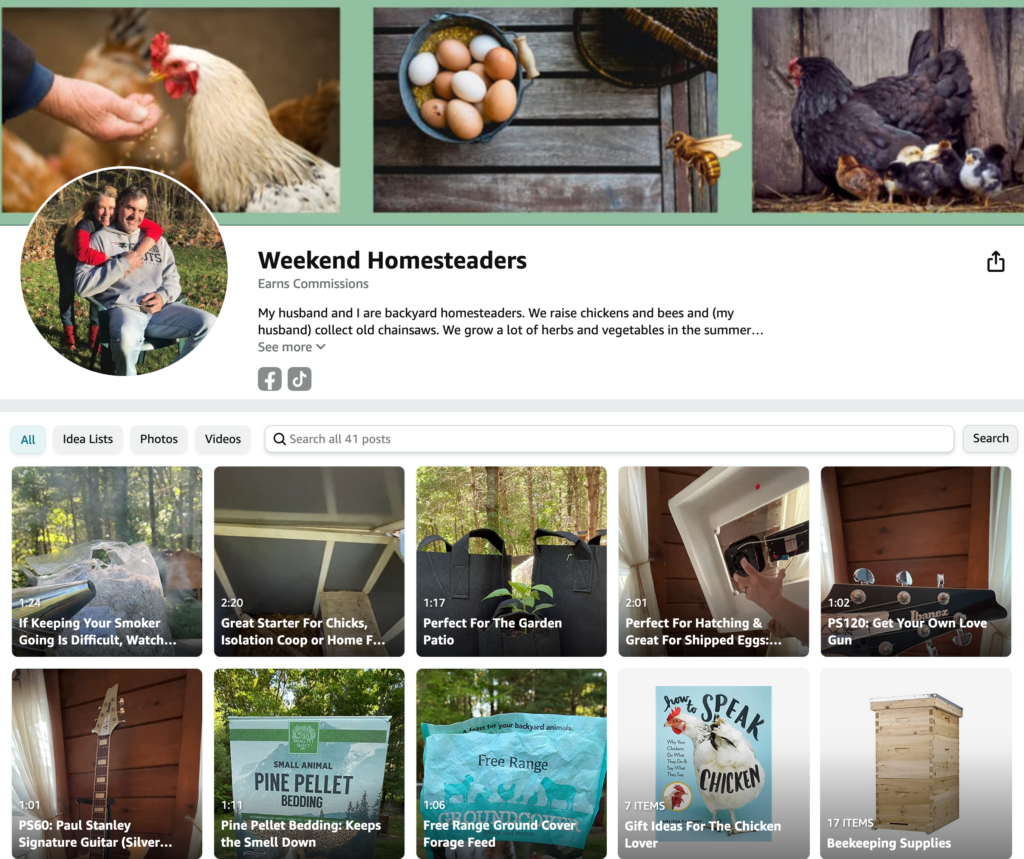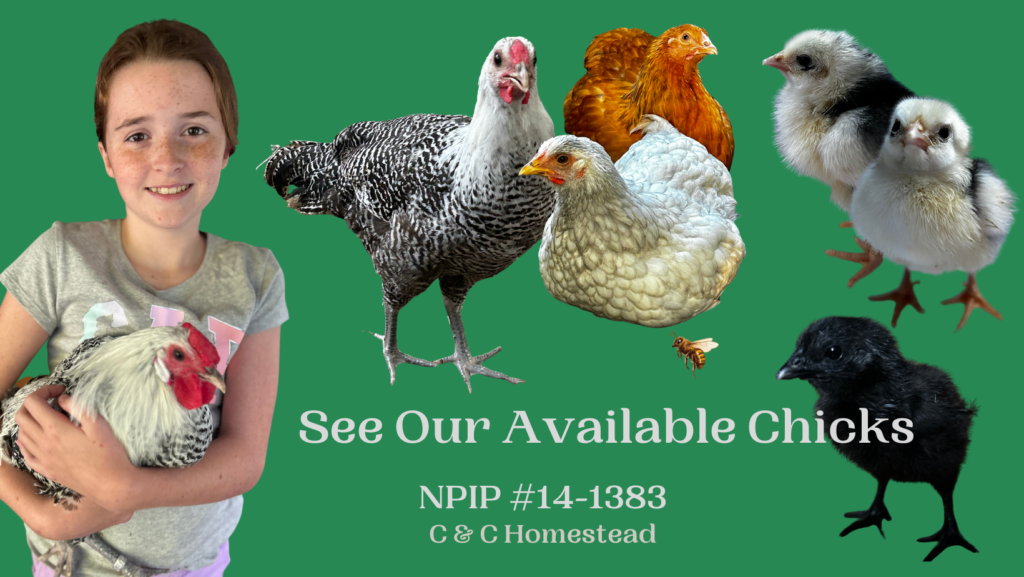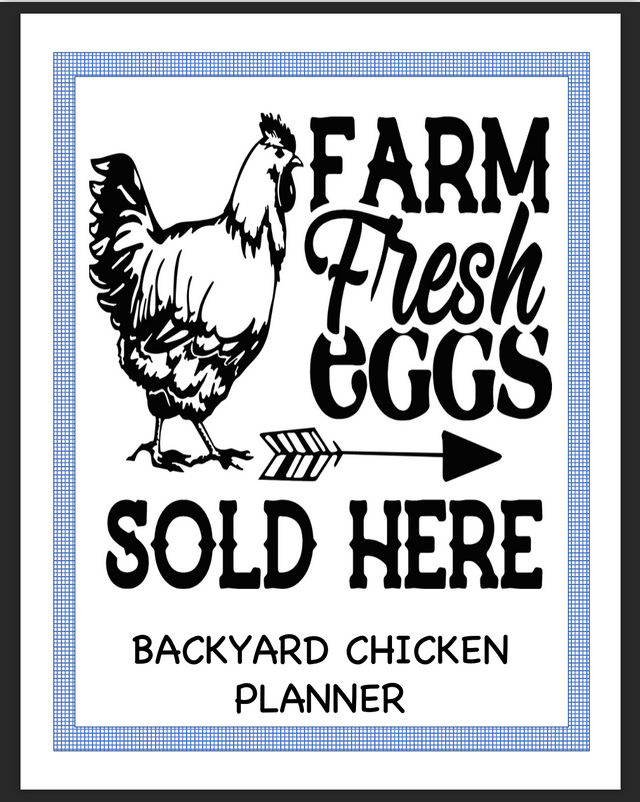Balancing Corporate & Homesteading Lifestyles
Behind the Wire with the New Flock on the Block

🕵️♂️ Cluck Kent: The Quarantine Chronicles
Something’s clucking in the holding pen, and Cluck Kent is on the case.
This week, whispers echoed through the coop—word had spread that three new pullets were moving in.
“Refugees from a farm upstate,” muttered Goldie, who hasn’t trusted an outsider since the 2021 molt incident. But what raised feathers wasn’t who the newcomers were—it was where they weren’t.
“They were let right in,” said a wide-eyed Australorp. “No buffer zone. No health checks. Not even a courtesy dust bath.”
That’s when Cluck Kent knew: it was time to talk quarantine.
Why Quarantine Matters (According to Science and Chickens)
Adding new birds to your flock without a quarantine period is like inviting a stranger to dinner and letting them cough into your soup. You wouldn’t do it—so why do it to your flock?
Quarantine isn’t punishment—it’s protection.
New birds, no matter how healthy they look, can carry:
- Respiratory illnesses (Mycoplasma, Infectious Bronchitis)
- External parasites (mites, lice)
- Internal parasites (worms galore)
- Viruses like Marek’s that can lurk quietly for weeks
Cluck Kent’s Official 30-Day Quarantine Checklist:
Location, Location, Location
Set up a secure pen at least 30 feet away from your main coop. No shared air space if you can help it.
Separate Gear
Use different feeders, waterers, gloves, and boots for your quarantine area. Cross-contamination is sneaky.
Observe Daily
Keep a quarantine log. Watch for sneezing, runny eyes, odd droppings, or sluggish behavior. (Bonus: it builds trust with the new birds.)
Prevent Parasites
Do a preventive mite/lice treatment during this time and run a fecal check if possible.
Slow Integration
After 30 days symptom-free, introduce the newcomers slowly, with a visual barrier for the first week. Think meet-and-cluck, not full-on mixer.
🐔 “Quarantine is love with a fence around it,” Cluck Kent reports. “Protecting the flock means playing it smart—not playing chicken with disease.”
🪶 Bonus Scratch: Introducing New Birds Without Coop Drama
Your Post-Quarantine Integration Plan
You've made it through the full 30-day quarantine—well done! But before you open the gates and let your new gals free-range with the old crew, follow this step-by-step guide to keep the pecking order from becoming a pecking disaster.
🧱 Step 1: Look, Don’t Touch
Place the new flock in a secure enclosure next to your existing coop/run. They should see, hear, and smell each other—but not have contact—for at least 5–7 days.
🐓 "We call this the Chicken Tinder phase—just swiping eyes at each other,” says Coop Counselor Ruby the Sussex.
🍽️ Step 2: Distract with Snacks
Introduce high-value treats (think watermelon, cabbage heads, or scrambled eggs) during these side-by-side sessions. Everyone focuses on the food, not the new faces.
💤 Step 3: First Sleepover
After a week of peaceful visual contact, move the new hens into the coop at night. Chickens are calmer in the dark and less likely to fight when they wake up together.
⏳ Step 4: Supervised Free Ranging
Let the whole flock free-range in a larger space together under supervision. Space diffuses tension, and you'll be able to intervene if things get spicy.
🛑 Watch for Bullying
A little pecking is normal—establishing hierarchy is a chicken pastime—but if blood is drawn or one bird is consistently chased away from food or water, you may need to separate and retry in a few days.
🧠 Cluck Kent’s Final Word:
“Slow and steady wins the pecking order. Patience now means fewer feathers flying later.”



